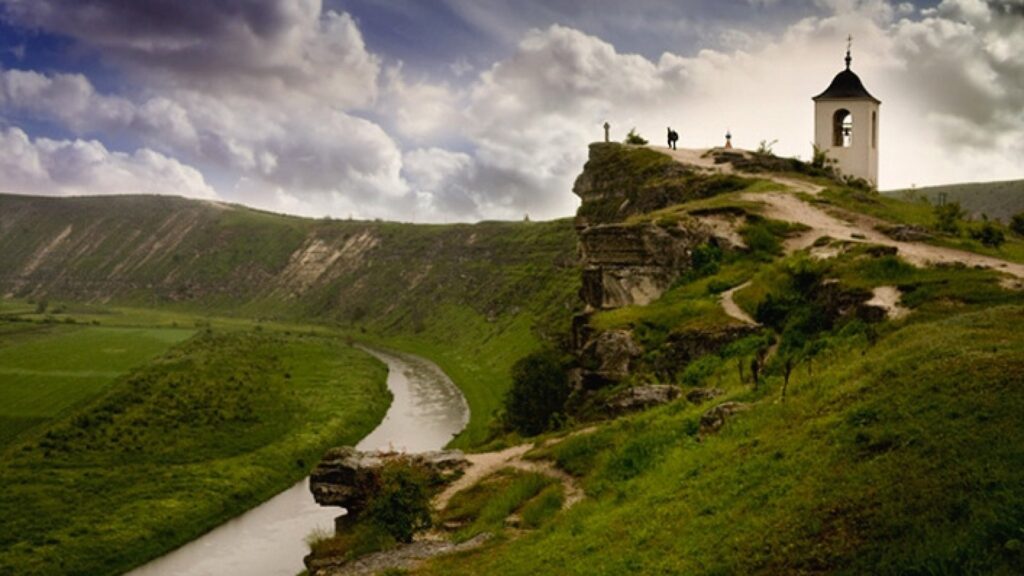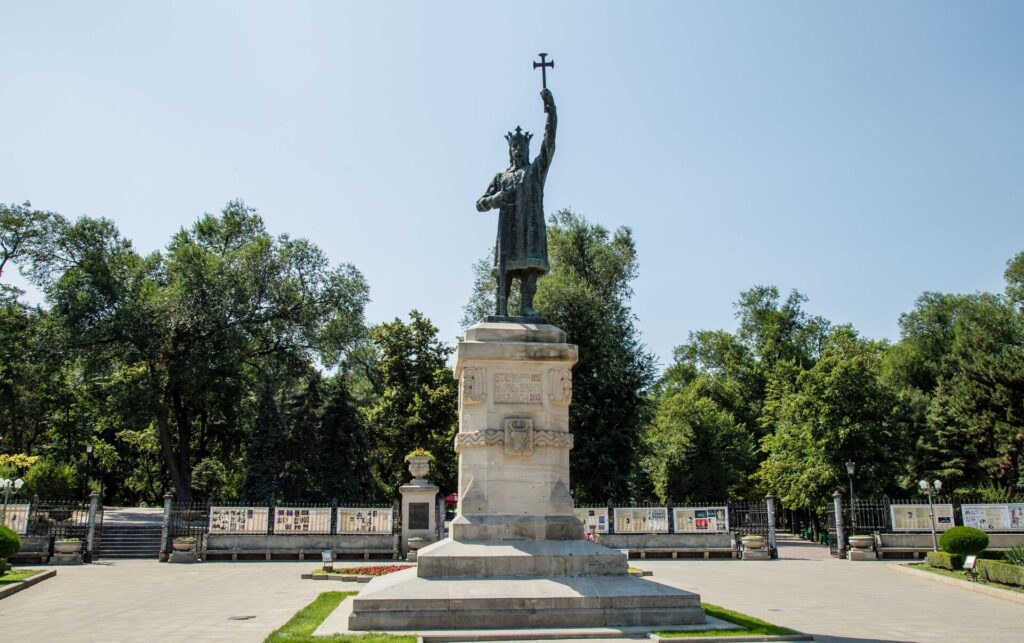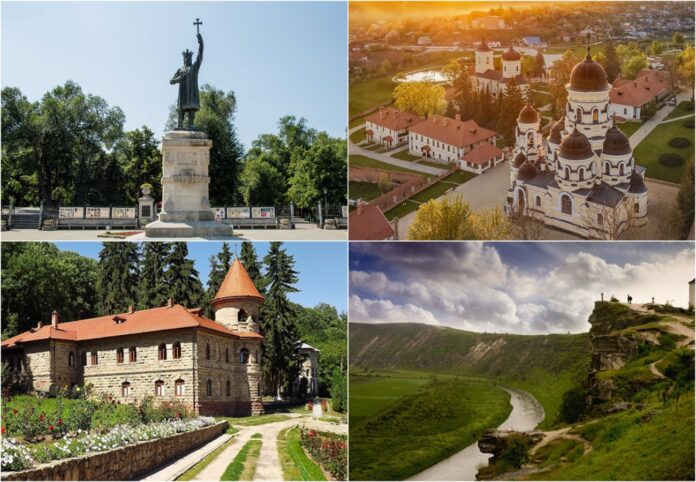Despite its small size, Moldova boasts a rich cultural heritage, reflected in its UNESCO World Heritage Sites. These monuments offer glimpses into the country’s ancient past, its religious and architectural heritage, and the resilience of its people. Here are some notable UNESCO monuments in Moldova.
Orheiul Vechi Archaeological Complex

Orheiul Vechi is a sprawling archaeological complex that spans millennia of human history. It features ancient cave dwellings, remnants of fortifications, and traces of early civilizations, dating back over 13,000 years.
Capriana Monastery

Founded in the 15th century, Capriana Monastery is one of the oldest monastic establishments in Moldova. Surrounded by lush forests, the monastery is renowned for its well-preserved frescoes, religious artifacts, and architectural beauty. It serves as a place of worship and a testament to Moldova’s deep-rooted Christian traditions.
Rudi Monastery Complex

Situated in the village of Rudi, this complex comprises a series of religious structures dating back to the 17th and 18th centuries. Characterized by Byzantine and Moldavian architectural influences, the complex includes churches, bell towers, and other religious edifices. It stands as a testament to Moldova’s cultural and artistic heritage.
Stefan cel Mare Monument

Erected in honor of Stephen III of Moldavia, also known as Stefan cel Mare (Stephen the Great), this monument pays tribute to one of Moldova’s most revered medieval rulers. Stephen III is celebrated for his military prowess, leadership, and arts patronage. The monument typically depicts him on horseback, symbolizing his valiant defense of Moldavian sovereignty.
Saharna Monastery Complex

Located amidst scenic natural landscapes, the Saharna Monastery Complex is a site of religious pilgrimage and spiritual significance. It comprises several religious structures, caves, and a picturesque waterfall. Visitors are drawn to the site for its tranquil ambiance and breathtaking surroundings, making it a cherished UNESCO monument in Moldova.


